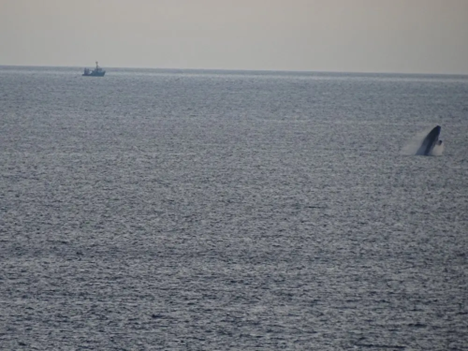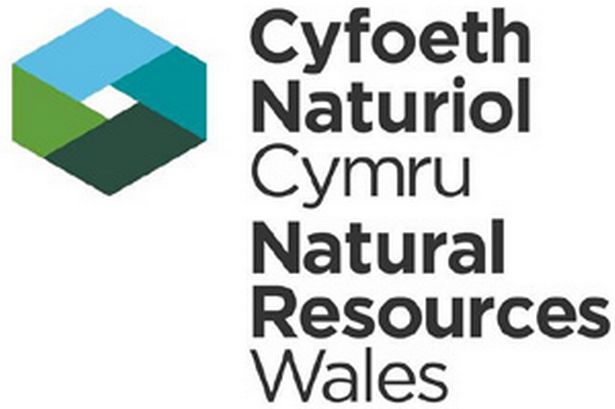
On 15th July 2024 at approximately 20:00 hrs, members of the public were treated to a once-in-a-lifetime whale sighting, in Donegal Bay in NW Ireland. Identification of the whale was difficult, with pictures and videos being sent to cetacean experts. A video of the whale showed a unique pattern of callosities (raised white bumps caused by whale lice) on the head, allowing confirmation that this unusual sighting was in fact a North Atlantic Right Whale (Eubalaena glacialis). The sighting was first reported to the Irish Whale and Dolphin Group and then shared with the Sea Watch Foundation by Padraig Whooley from IWDG, so that it could be recorded also in Sea Watch’s database.
Right whales were a previous inhabitant of British and Irish waters, with the last known right whale in this area being between 1910-1918. Sadly, these whales are now scarcely ever spotted in European waters, with the species functionally extinct in the eastern North Atlantic. Right whales make a seasonal migration north along the eastern seaboard of the United States from the Gulf of Mexico and Florida where they breed, towards feeding grounds off the coasts of New England, Nova Scotia, Newfoundland and, recently the Gulf of St Lawrence and West Greenland, in response to climate change .These whales feed in high-latitude grounds with cool temperatures and productive areas of zooplankton and copepods; the sighting in Ireland suggests this individual was most likely feeding on large copepods.
Named the “right” whale, due to its ease of capture – they have a slow swimming speed, a coastal habit, a thick oil rich blubber layer, and a body that floats after death. These animals were often towed to shore and hunted relentlessly from the 11th to the 19th century, with only around 250 mature individuals now remaining in the wild. The species is considered critically endangered by IUCN, with a rapidly decreasing population. Right whales are most at threat from entanglement in fishing gear and boat strikes, due to their slow swimming and logging behaviour. The species is highly protected in both Irish and British waters.

Because right whale numbers are so low in the North Atlantic, most individuals have been photo-identified using the callosities on their heads. In June 2019, an 11-year-old male named Mogul appeared off the French coast at Penmarch, in the northern Bay of Biscay (after having been seen 3 months earlier in Cape Cod – 3,200 miles away). Mogul was also seen in July 2018 in SW Iceland, and possibly the same individual again in the northern Bay of Biscay in July 2020 (no photographic evidence but probable to the location), the last known sighting in NW Europe until the sighting yesterday. At present, we don’t know whether this animal is Mogul or another individual
Director of Sea Watch Foundation, Professor Peter Evans, commented: “This is a very exciting record, as there has been only a handful of sightings in this part of the North Atlantic in the last 100 years. The animal will very likely move on from Donegal Bay, probably southwards and so may turn up off the coast of SW England or in the Channel before heading towards the Bay of Biscay. I urge everyone to look out for it over the coming days or during our National Whale & Dolphin Watch week which starts on 26th July.”
Climate change is likely to be exacerbating the species decline. Previously, climate change had pushed their main prey species further north, into the Gulf of St Lawrence, where right whales are more prone to ship strikes and crab/lobster pot entanglement. Climate change may also be a driver of this unusual sighting.
This sighting has occurred just one week before the annual National Whale & Dolphin Watch Event (26 July – 4 August), when everyone is invited to look out for and record sightings of marine mammals (whales, dolphins, porpoises and seals). The information gained from this “snapshot” of whale and dolphin presence each year helps inform conservation at a time when changing ocean conditions and increasing threats to species from human activities make it so important.
If you sight a marine mammal, basking shark, sea turtle or any other interesting marine life, we encourage you to submit the sighting using our free Sea Watcher App so it can become part of our large sightings data set. Details of how to do this can be found on the Sea Watch Foundation website.
























